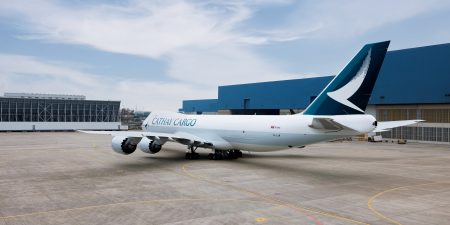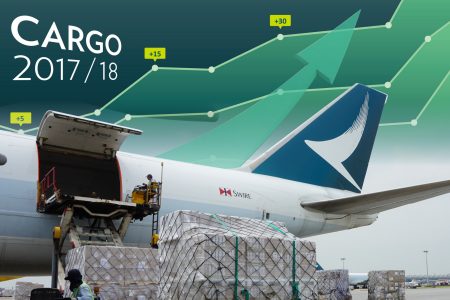‘I think customers have seen a tough fourth quarter in terms of rates and delays – but I don't yet think the mentality is one to accept [rate rises] into 2018 - but it has to happen. After a number of years in the wilderness, it looks like space is becoming king again in Asia.’
CEO of Panalpina, Stefan Karlen added that strength in the automotive and retail sectors had helped drive up prices. ‘Shippers have understood that it is all about capacity, and have engaged with higher rates.’
Rahn says that securing capacity in 2018 will be important. ‘Volumes will likely grow in the coming months. The market is increasingly changing from a buyer’s to a seller’s market. We have very good relationships with the air freight carrier companies. But the new normal is to cater for sufficient access to capacity.’
He adds that airlines were keeping capacity tight. ‘Some carriers are applying more and more dynamic pricing, especially on constrained routes. They actively manage their yields by exploiting the ad hoc market by cancelling scheduled flights. This must then be compensated via charter flights to ensure a smooth cargo movement.’
Freight quote and booking platforms have noted high spot-market prices. Manel Galindo, CEO of Freightos WebCargo, says: ‘I expect this auction-like market behaviour to continue. I’ve seen forwarders paying more than €18 per kg (over US$20/kg) for Europe to South America, and even one offer around €30 per kg. These prices aren’t realistic – or at least they shouldn’t be.’
While Galindo suggests that shippers outside of the high-margin pharma and tech markets would start looking for modal alternatives to air freight in a bid to keep costs down, Rahn adds: ‘In contrast to past years, the engineering and manufacturing sectors, as well as the chemicals sector are driving the growth.’
While 2018 looks as if it will be another year of high air freight demand, IATA says the pace of growth will slow, but volumes are on course to grow 4.5 per cent in 2018, with yields up four per cent.



